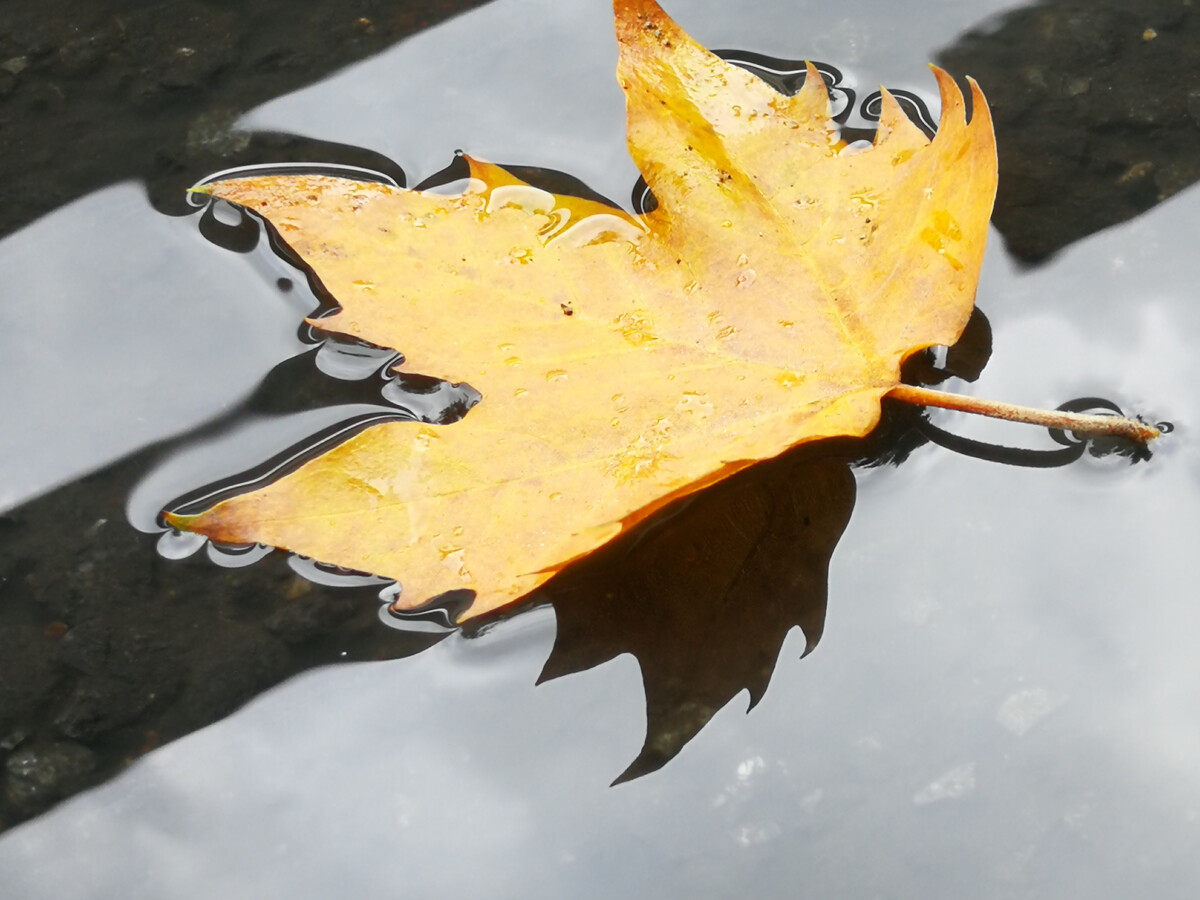- Home
- Hearing Loss
- Hearing Aid Use And Care
What to do When Your Hearing Aids Get Wet
2020-12-07 Just like your cell phone or any other electronic device, hearing aids do not do well in water. While they are usually resistant to moisture like sweat and mist, being fully immersed in water can damage your hearing aid.
As the average price of just one hearing aid is roughly $2,300, you may be panicked that you’ve permanently ruined them when they get wet.
The good news is that you might still be able to revive your hearing aids. Here are a few expert tips to dry them and how you can better store them to avoid further water damage.
How to Dry Your Hearing Aids
The first thing you need to do is turn the hearing aid off and remove the batteries. If you leave the batteries in, you risk them rusting and damaging the hearing aid further. If you jumped into the ocean, rinse the salt out before beginning to dry them as the salt can also corrode the hearing aid.
As you start the drying process, remove as much water as possible with a towel. Leave the battery door open and let them air dry.

Many people try home remedies to speed up the air-drying process. Some of the most common remedies include putting them in a bag of uncooked rice or placing them inside a newspaper. You can also place them under a lamp as long as it’s roughly a foot away from the bulb.
Exposing your hearing aid to excessive heat can melt the interior, so never put it in an oven or microwave as it can melt them. Additionally, if you want to use a hairdryer, only do so in a cool setting.
While home remedies may be somewhat effective, you ideally should have a hearing aid dryer or dehumidifier. A hearing aid dryer is a small case you place your hearing aids in at night that absorbs moisture and prevents humidity damage.
Depending on the model and brand you choose, it usually takes between 45 minutes to eight hours to complete a drying and cleaning cycle and is extremely effective.

For the first few minutes of the cycle, the UV-C light cleanses the hearing aid to reduce residue build-up. After the cleaning phase, the next step is a gentle heating phase that dries the hearing aids for (usually) a few hours. This cycle is automatic and requires just the click of a button to start.
You can also insert a Dry-Brik, which will help whisk away additional moisture as the hearing aid dryer creates heat. This is ideal if you live in a particularly humid climate or have recently dunked your hearing aids in water.
If your hearing aids aren't working well and haven't been exposed to moisture, the problem may be earwax damage. Similar to moisture, earwax is another way your hearing aids can become damaged.
To lengthen the lifespan of your hearing aids, invest in a UV container. The UV container will cause the wax to harden and flake off, reducing excess moisture exposure to the hearing aid.
If none of these steps work, you can send your hearing aid out for repair rather than purchasing a new one altogether.
Even if you haven't damaged your hearing aids, using a hearing aid dryer every night will help increase your hearing aid's lifespan by automatically cleaning it and reducing moisture exposure.
Most hearing aids can cost thousands of dollars, so purchasing a quality case is a small investment that will pay off ten-fold.
Latest
- 4 Essential Communication Rules for Family Members of Hearing Aid Users
- Hearing Aid "Break-In Period": Say Goodbye to Discomfort, Hello to Clear Sound
- The ultimate guide on how to choose hearing aids for seniors
- In addition to performance, how do parents choose children's hearing aids?
- Hearing Care Professional: How Do You Maintain Your Hearing Aids Regularly?
Hearing Aid Use And Care













All 0 comments